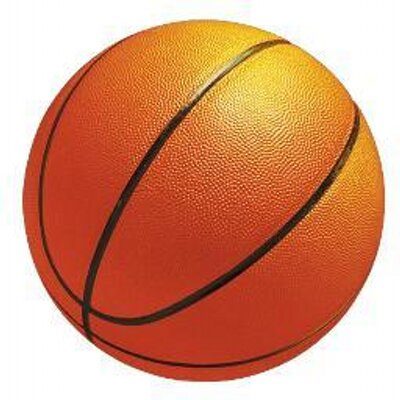
Maine coaches react to big foul shot change coming to high-school basketball
By Larry Mahoney, Bangor Daily News Staff
If you are trailing late in a basketball game, one way to climb back into the game is by fouling the opposing players and hoping they miss their foul shots.
On the seventh, eighth and ninth fouls of a half, the fouled opponent will shoot a one-and-one, meaning they have to make the first free throw in order to earn the second one. If they miss the first free throw, the trailing team can grab the rebound and score at the other end to cut into the lead. On the 10th foul, the fouled player gets an automatic two free throws.
But the one-and-one will be gone in Maine high school basketball this coming season because the National Federation of State High School Associations has approved a change aligned with the women’s college basketball game, in which fouled players shoot two free throws once the opposing team commits five fouls in a quarter.
This will be for both the boys and girls high school teams. The college men’s game will remain under the old system with the seventh, eighth and ninth fouls resulting in a one-and-one and the 10th foul and beyond earning the fouled player two free throws.
In a recent NFHS news release, Lindsey Atkinson said the NFHS Basketball Rules Committee felt the change was warranted because “data showed that there were higher injury rates on rebounding situations and this was an opportunity to reduce opportunities for rough play during rebounds,” and it will improve game flow since fouls will not be carried into quarters.
“It’s good to align the high school girls game with the women’s college game,” said Hampden Academy girls head coach Nick Winchester, referring to the fact four non-shooting fouls won’t result in free throws under the change. “Theoretically, you will get four extra fouls per game.”
The women’s college game went to the current foul format in the 2015-16 season, the same time it went from two 20-minute halves like men still have to four 10-minute quarters.
“I’m looking forward to it. I think it will increase the flow of the game,” said Lee Academy boys basketball coach Randy Harris. “There will be fewer stoppages.”
Andy Pooler, coach of the reigning Ellsworth High School state Class B champion Eagles, agreed, saying under the old format, if you pick up seven fouls early in a half, you end up “dragging yourself up and down the court” for foul shots for a whole half.
“I like it,” he said. “It will speed the game up.”
Pooler found it odd that the boys will also be using the new system because that will mean that they will no longer be aligned with the college game. He wondered if it was going to serve as a “trial run” for the NCAA to see if they are interested in adopting it for the men’s game.
Hermon High School boys coach Mark Reed called himself a traditionalist and is on the fence about a change he said “came out of the blue.” Bangor High girls coach Jay Kemble had a similar stance.
“I’ll have to see it in action beginning this summer to be able to evaluate it more,” he said. “There was certainly more pressure on shooters who were shooting one-and-ones than if they are shooting two foul shots.”
Reed also said he has been “trying to figure out how that will translate in terms of late-game strategy” and did not understand the safety rationale on free throws.
It will emphasize the importance of playing sound fundamental defense without fouling, and Reed added that he will be interested to see if coaches encourage their players to be more aggressive driving to the basket to force the other team to foul.
Kemble wondered if you have to foul at the end of a game to try to cut into a deficit, will the referees call more “intentional fouls” which results in the team that gets fouled retaining possession of the ball after it shoots the free throws.
Husson University women’s basketball coach Kissy Walker said she didn’t care for the change at first in the 2015-16 season, but she has gotten used to it.
“Some will like it, others won’t. But, in a couple of years, nobody will be talking about it,” she said. “You have to think a little bit harder about fouling someone (if the opponent is in the bonus) because they get two shots instead of a one-and-one.”